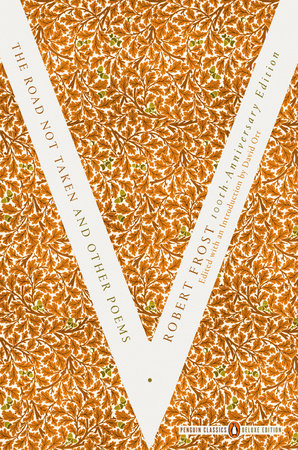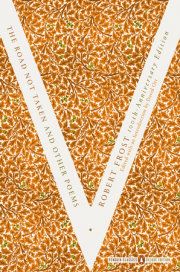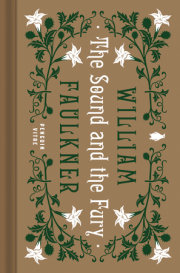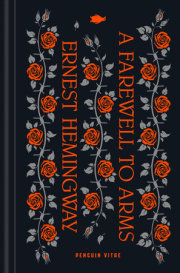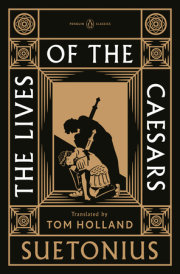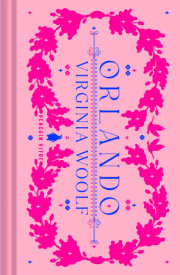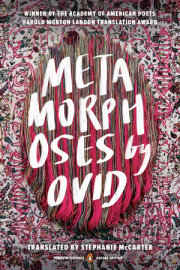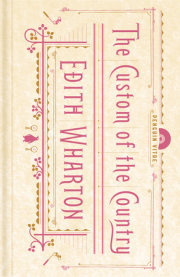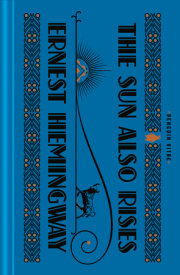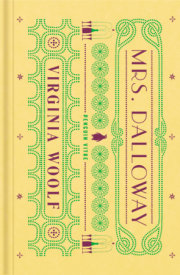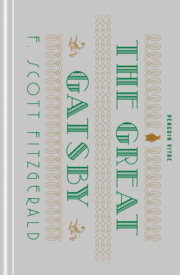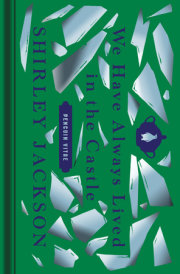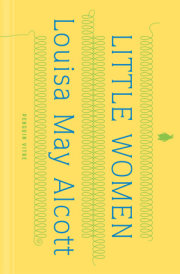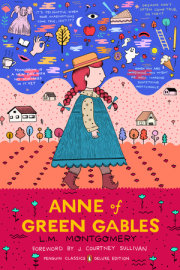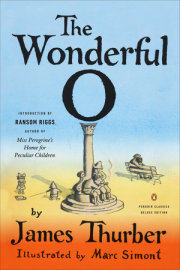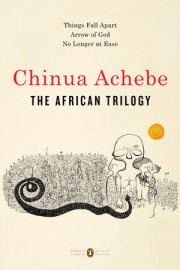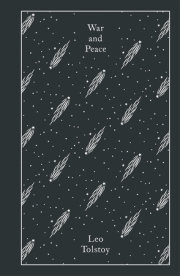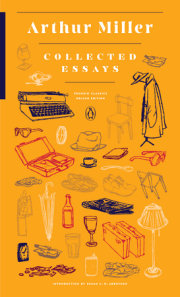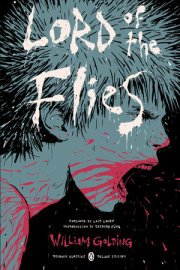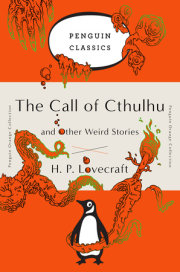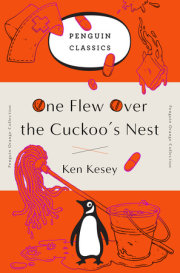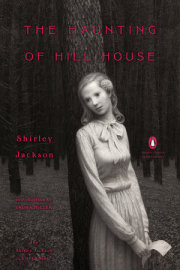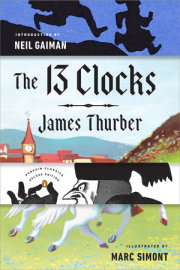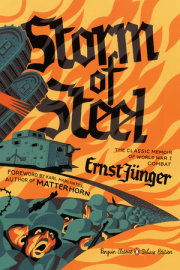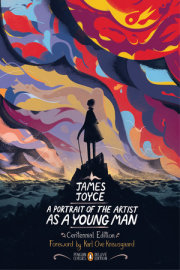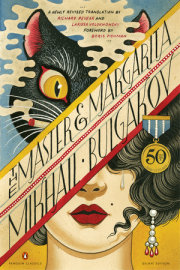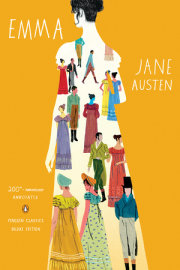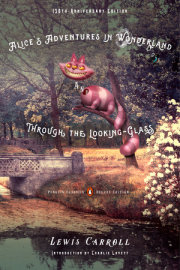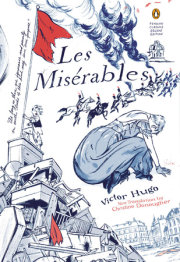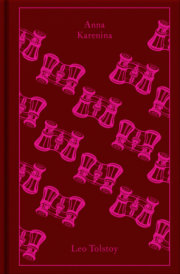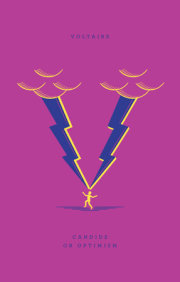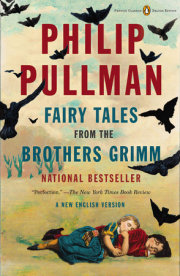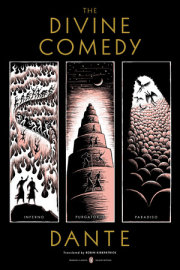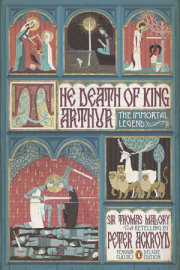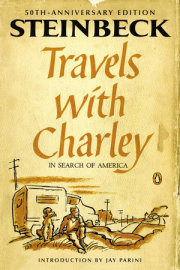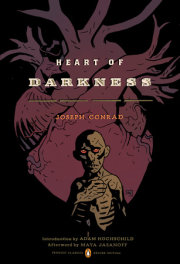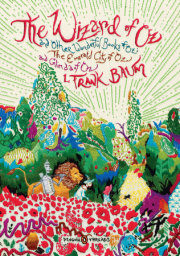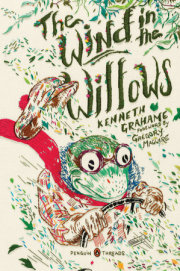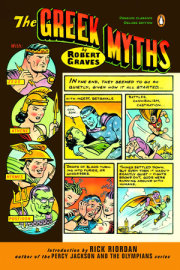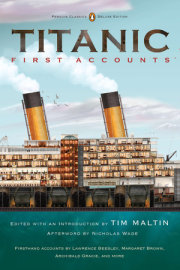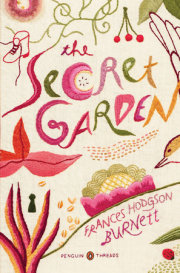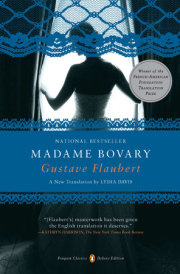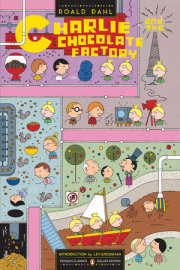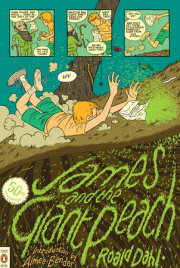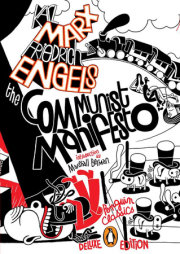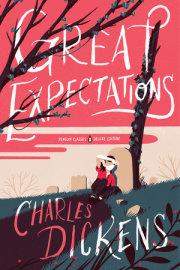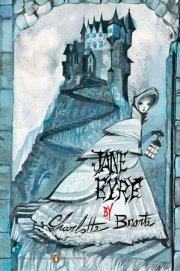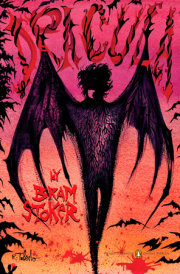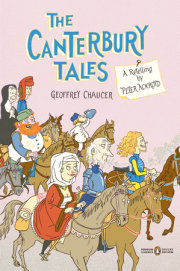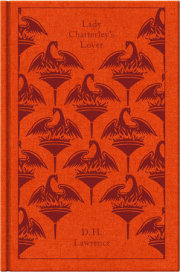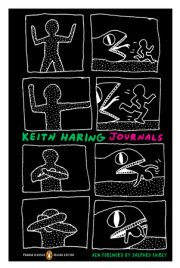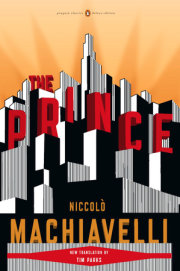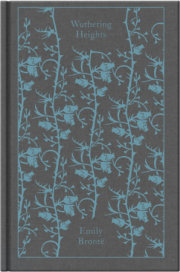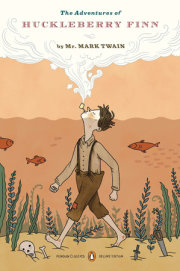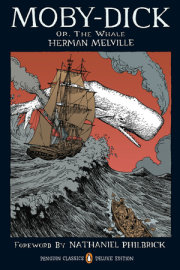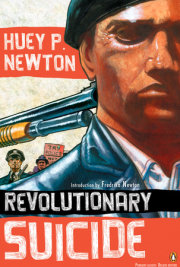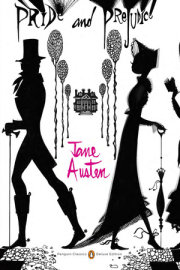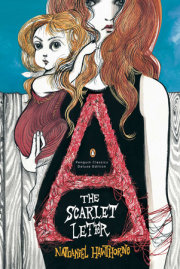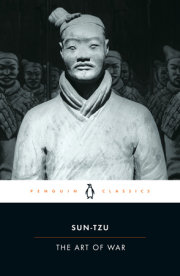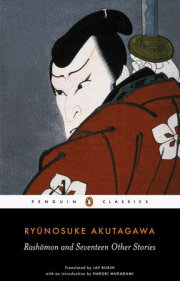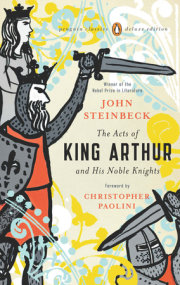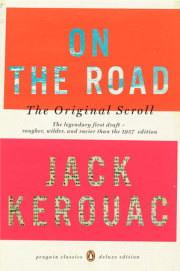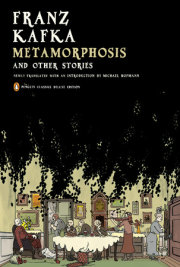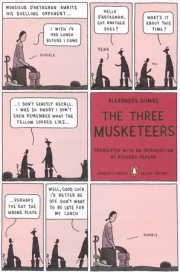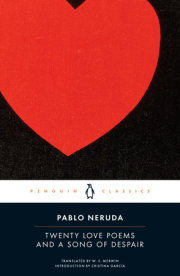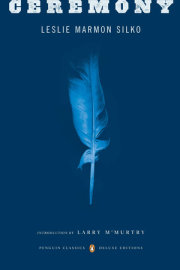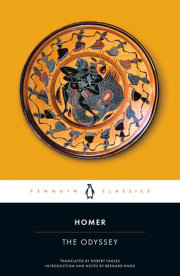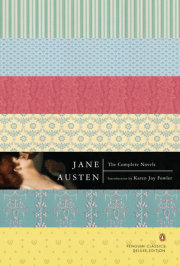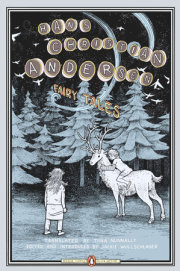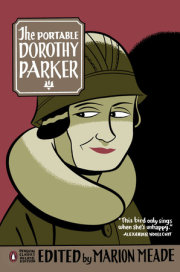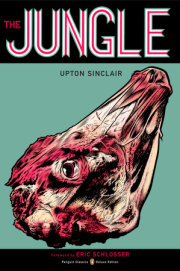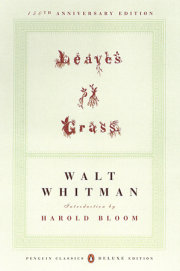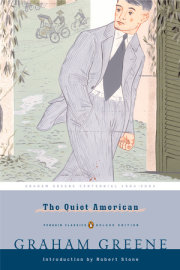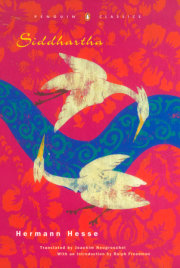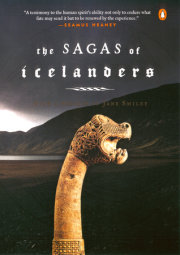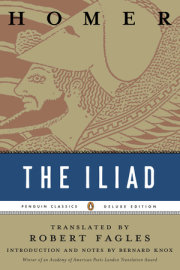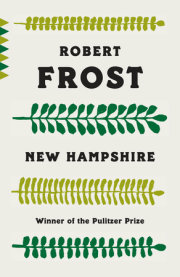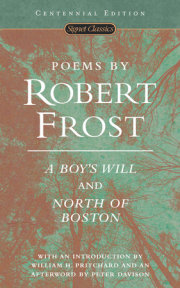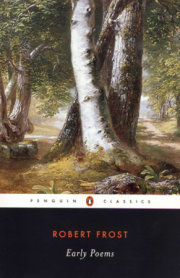Introduction
In the later stages of his strange, illustrious, and very long career, Robert Frost was often talked about as if he were two different poets, or possibly even two different people—a phenomenon that continues even now, half a century after his death in 1963. The first poet is the familiar New England icon, the salty, no-nonsense dispenser of rustic wisdom whose lines have the sturdiness and warmth of hearthstones knelt upon by generations of yeoman farmers. This Frost is the Robert Frost of the common reader, the Frost of birches and fields and snow and spring pools. He writes plain poems that make plain sense, or seem to. Those poems often rhyme, and when they do, they do so forthrightly (deep and sleep, for instance). They’re frequently about the quotidian lives of farmers, day laborers, mill workers, and other small-time folk at the beginning of the twentieth century. Their stanzas slat tidily together, like the corners of log cabins, and their most memorable lines are the sort of homely epigrams you might find crocheted on throw pillows: “I took the one less traveled by”; “Good fences make good neighbours”; “But all the fun’s in how you say a thing.” This Robert Frost feels a bit old-fashioned, maybe, but in the way that George Washington seems old-fashioned, or pilgrim hats on Thanksgiving. He’s part of the bedrock of the American identity.
The second Frost—“the other Frost,” as Randall Jarrell described him in 1953—is nearly the opposite of the first. This Frost is dark, manipulative, and withholding. His poems are often about madness or violence, and their seemingly stable surfaces are sheets of ice through which the unwitting traveler can easily plunge into frigid water. This Frost was no provincial farmer-poet, but rather a ruthlessly competitive and immensely erudite artist who was far more widely traveled than peers often considered more cosmopolitan, like Wallace Stevens. This Frost is the Frost of the sophisticated reader and, more specifically, the academic reader. Understanding this Robert Frost usually entails rejecting the first Frost as a pretense (“the great act,” as Robert Lowell once labeled it). It often means rejecting the audience who believes in that act as well. As the critic Lionel Trilling put it in a birthday salute to Frost in 1959, “I have undertaken to say that a great many of your admirers have not understood clearly what you have been doing in your life in poetry.” If the first Frost resembles one of the great carved heads of Mount Rushmore—half monument, half kitsch, and accessible to anyone willing to pay for parking—the second Frost often seems more like the surrounding badlands, where only a fool travels without a guide. And between these two possibilities is an obscuring, dust-filled haze.
It’s tempting to say that the truth must lie hidden somewhere in the middle of that uncertain divide. If Frost isn’t really a gruff but good-natured national bard, then surely it’s equally wrong to try to turn him into a cold-eyed aesthete. The actual poet must be some blend of the two. But rather than wondering who or what Robert Frost really was, it’s more interesting to wonder why his identity seems to matter in the first place. Few readers, for example, worry over whether Ezra Pound was “really” something entirely different from the Ezra Pound one reads about in the introduction to, say, Early Writings (Penguin Classics, 2005). The same goes for T. S. Eliot, Marianne Moore, William Carlos Williams—all of Frost’s renowned peers. Why do we care where the essence of Frost truly resides, and whom that essence was truly for?
• • •
The answer to this question is complex. But one aspect of it is simple: Frost became a public figure in a way no other American poet has managed, or even come close to managing. His goodwill was courted not just by scholars and other writers but by presidents and senators. He routinely spent the night at Eisenhower’s White House; he was good friends with Stewart Udall, John F. Kennedy’s secretary of the interior; and he was sent to the Soviet Union by Kennedy himself, where he spoke at length and privately with Nikita Khrushchev. (To appreciate how extraordinary this was, try to imagine a contemporary American poet being directed to Russia by President Obama and securing a tête-à-tête with Vladimir Putin.) Readers bought his works in numbers that would today be respectable for a fairly popular novelist, but that for a poet in the first half of the twentieth century were well beyond staggering. By the time his Complete Poems was issued in 1949, more than four hundred thousand of his books had been sold. That same year, a copy of Frost’s first, privately printed collection was auctioned for the equivalent of thirty thousand dollars in today’s currency, “a price thought to be the highest paid for a work by a contemporary American author,” according to the New York Times. When he died, his obituary ran on the front page of the Times, and included this tribute from Kennedy: “I think politicians and poets share at least one thing, and that is their greatness depends upon the courage with which they face the challenges of life.” Since Frost’s death, his legacy has practically become a national resource, and like any resource, it tempts people to seize pieces of it for themselves. Given that, it’s probably not surprising that there have come to be multiple versions of Frost. When we want to lay claim to something, we put forward the image that seems most favorable for our possession.
Of course, at the beginning there were no images at all, only the very young Robert Frost—Robert Lee Frost, actually, for the Confederate general. That middle name may seem odd for a poet who would come to be so closely identified with New England, but in fact, most of Frost’s early life had very little to do with the Yankee farming milieu he later embodied. He was born in San Francisco in 1874, the son of a firebrand newspaperman (and Robert E. Lee admirer) and a shy Swedenborgian schoolteacher. Frost didn’t set foot on the soil of New England until he was eleven years old, when the death of his father forced his mother to turn to the support of her in-laws in Massachusetts. The family eventually settled in Salem Depot, New Hampshire, where Frost quickly distinguished himself as an excellent student, particularly in the classics, and a hard-charging athlete.
Frost’s formative years were dominated by two overriding and entwined passions. The first, as one might expect, was for poetry, which he appears to have begun writing around age sixteen (his earliest known poem is about a Spanish retreat during the conquest of Mexico). The second was for Elinor White, with whom he shared valedictory honors in his high school class. Their courtship was turbulent. Frost wanted to be married right away, but Elinor put him off; she wanted to finish college, and she also wanted Frost to secure some means of support. Frost’s own relationship with higher education was ambivalent at best, despite his intense interest in philosophy and literature. He entered Dartmouth in the fall of 1892, but he dropped out after less than a year, lonely and impatient with the regimented nature of university instruction, and returned to courting Elinor. When his first published poem, “My Butterfly,” was accepted by one of New York’s weekly magazines, he took this as an occasion to press his suit. He had a small book of five poems printed up and traveled to Elinor’s college in order to deliver it by hand. When this failed to bring about the anticipated swoon, Frost fled to a swamp on the Virginia–North Carolina border, where he wandered around in a fit of extravagant despair until rescued by a group of duck hunters. Upon returning, he devoted himself again to Elinor, this time a bit more calmly, and they were finally married in December of 1895. Frost was twenty-one.
The next fifteen years would include a series of moves across New England, the death of Frost’s mother, the loss of two of the couple’s six children (their first child died from cholera; their sixth lived only three days), and a parade of temporary jobs for Frost: reporter, teacher, tutor, chicken farmer of questionable distinction. (Much of Frost’s writing from this period appeared in magazines like The Eastern Poultryman and Farm-Poultry.) Through all of it, Frost wrote poetry with relentless focus, even though his efforts were routinely rejected by leading editors in New York and Boston. Left with little to go on but his own nerve, he developed a sense of self-reliance that was as unrepentant as it was unforgiving. In “Into My Own,” the first poem in his first book, he writes of setting out alone into a limitless, primeval forest:
I do not see why I should e’er turn back,
Or those should not set forth upon my track
To overtake me, who should miss me here
And long to know if still I held them dear.
They would not find me changed from him they knew—
Only more sure of all I thought was true.
One sees here the vestiges of Victorianism (e’er) that Frost would soon discard, as well as the confident, conversational meter that would eventually make his poems unmistakable, and in many cases unforgettable. Despite his setbacks, he was sure of the worth of his writing. In 1912, with the assistance of a legacy from Frost’s grandfather (whose support he had grudgingly relied on for years), he and Elinor decided to move to England in a last-ditch attempt to ignite the literary career that had thus far thrown off only a few quickly extinguished sparks.
The move was a spectacular success. Frost quickly met many of the leading poets circling London—among them F. S. Flint and the ubiquitous Ezra Pound—and within a year, he had placed his first book with a British publisher. But the most important contact that Frost made in his time in England was with the journalist (and later poet) Edward Thomas. Thomas almost immediately recognized the significance of Frost’s poetry, and his early reviews were essential in establishing the terms by which Frost would be discussed on both sides of the Atlantic. He remains one of Frost’s finest critics. Here is what he said about Frost in July of 1914:
This is one of the most revolutionary books of modern times, but one of the quietest and least aggressive. . . . These poems are revolutionary because they lack the exaggeration of rhetoric, and even at first sight appear to lack the poetic intensity of which rhetoric is an imitation. Their language is free from the poetical words and forms that are the chief material of secondary poets. The metre avoids not only the old-fashioned pomp and sweetness, but the later fashion also of discord and fuss. In fact, the medium is common speech.
As Thomas understood, there is a kind of easy naturalness to Frost’s writing that mimics ordinary talk, and that achieves a similarly vast range of effects and tones. The two writers soon became close friends, with Thomas providing Frost the responsive, companionable intelligence he’d longed for, and Frost giving Thomas the encouragement to write his own (very good) poetry.
Frost and his family returned from England in 1915, just ahead of German U-boats. Recognition in England had landed Frost an American publisher, and upon arriving in New York, he was greeted with a glowing review of his second book, North of Boston, by Amy Lowell in The New Republic. (Frost’s first two books were published in reverse order in the United States, with North of Boston appearing two months before A Boy’s Will.) If Frost’s early years were lonely and unrewarding, at least in professional terms, his literary life after his return to America was practically charmed: within two years, he had accepted a lucrative position at Amherst (one of many university appointments he would eventually hold); within nine years, he had won the Pulitzer Prize, the first of four he would be awarded. He was hugely in demand as a lecturer and reader, and began to develop the persona that would become his trademark. Jay Parini, Frost’s most judicious biographer, describes that role as “the slow-talking, witty, wisecracking, rueful, commonsensical, quasi-philosophical man of letters—a carefully composed mask no less artful than those constructed by Oscar Wilde or Mark Twain before him.” He seemed half sage, half farmer, and audiences loved him.
Politicians loved him too. As I said, no American poet before or since has occupied such a prominent place in the political life of the United States. Frost’s private existence became increasingly dark over the years—Elinor died, his son Carol committed suicide, and his daughter Irma became increasingly unstable (he eventually committed her to an asylum). But his public life was lived in unremitting sunlight. When he turned seventy-five, the Senate passed a resolution congratulating him for “setting forth to our minds a reliable representation of ourselves and all men”; when he turned eighty-five, the same body gave him a gold medal. Shortly after his death in 1963 at age eighty-eight, President Kennedy spoke at the dedication of the Robert Frost Library at Amherst. He called the poet “one of the granite figures of our time,” adding, “He was supremely two things: an artist and an American.”
• • •
. All rights reserved. No part of this excerpt may be reproduced or reprinted without permission in writing from the publisher.

